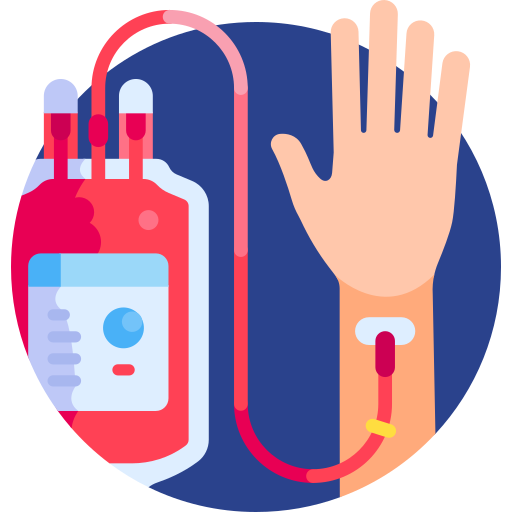This is most easily defined in retrospect when a patient has bled ≥1 blood volume (4-5 litres) and/or received >6-10 units CRC transfusion within a short period of time (e.g. 12 hours). Identifying a major haemorrhage situation prospectively can be more difficult, but will usually be heralded by one or more of the following:
- Measured blood loss (e.g. peri-operatively) of >2.5litres
- Peri-operative transfusion of >6 units CRC
- Bleeding rate of >100-150ml/min
- Significant peri-operative bleeding which is unlikely to be controlled surgically (i.e. ‘non-surgical’ bleeding)
Classification of an on-going bleeding episode as a ‘Major Haemorrhage’ can only be called by the medical staff directly attending the patient.
Patients suffering a major haemorrhage can deteriorate rapidly, thus early recognition of a major haemorrhage situation is essential to allow notification and mobilisation of appropriate services (e.g. additional senior surgical and anaesthetic support, haematology and blood bank support, radiology/imaging requirements, portering support for blood specimens and blood & products for transfusion).

